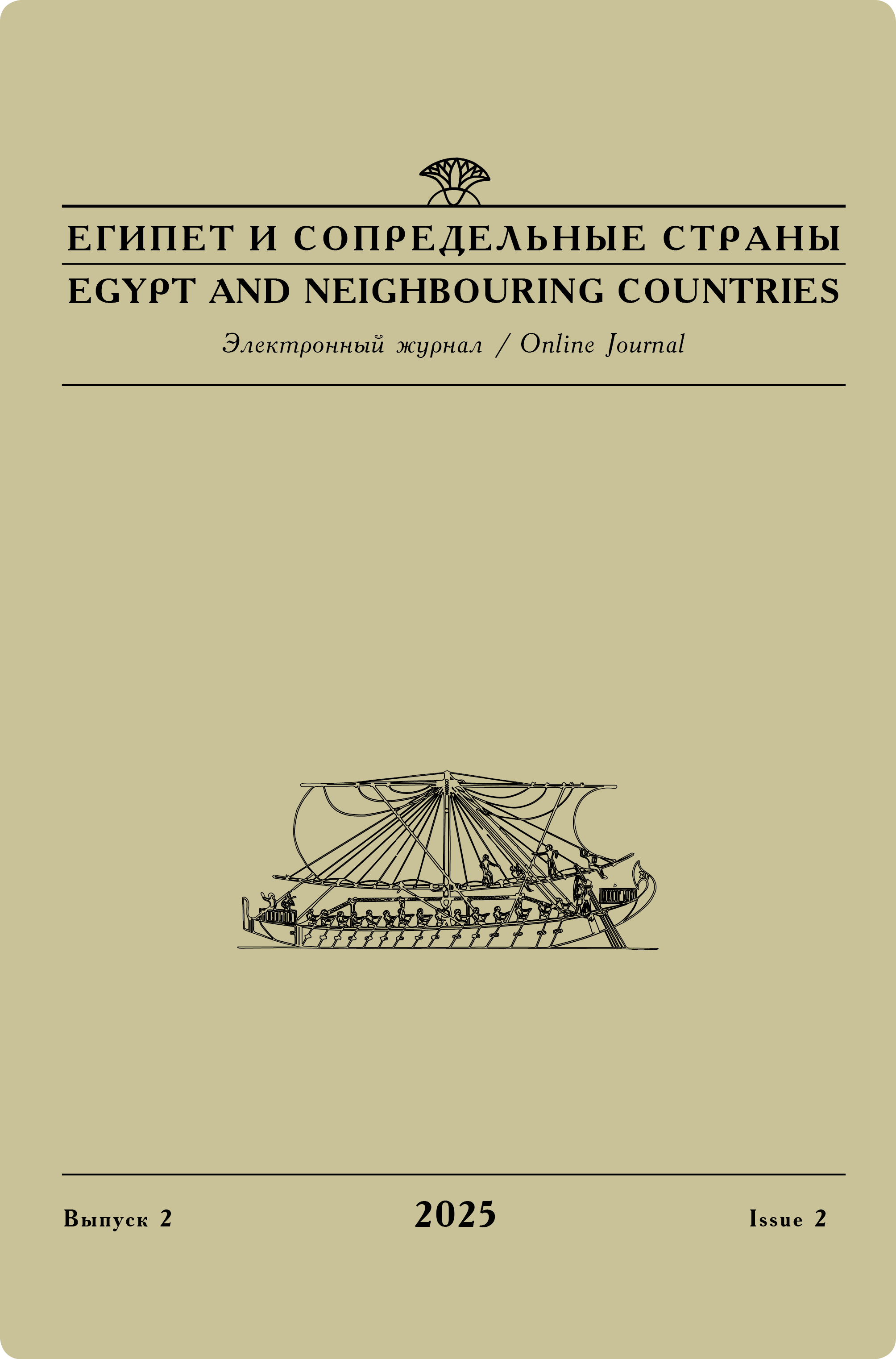Issue 1, 2022
O. V. Orfinskaya
Tekstil'nye tekhnologii Egipta: odezhda [Textile technologies of Egypt: clothing]
When working with archaeological textiles, a problem of reconstructing an item from preserved fragments inevitably arises. At the moment, due to the lack of a convenient and scientifically based methodological base, each researcher solves it on his own in accordance with his personal ideas. This article offers a new approach to analysis of archaeological clothes on the example of Egyptian materials. This approach does not answer the question: ‘Why do changes in clothing occur?’ Here one can only speculate for now. However, a theory of basic patterns helps to answer the question: ‘How are various forms of clothing related?’
The history of clothing is directly related to the history of the cut, which, in its turn, is connected with the raw material base. To create clothes, a person had to have raw materials, tools or devices and skills to handle them, i. e. to be at a certain level of technological development. Analysis of archaeological materials allows us to conclude that a cutting system, which had been formed on basis of a particular raw material, became fixed in culture and then transferred to another raw material (most often fabric). In this stage, the pattern at first subdued the new material and later changed under the influence of the fabric. With all changes in the cut, it is possible to distinguish features of basic patterns that remained unchanged in the process of cultural development. This allows one to restore the ‘pedigree’ of individual forms of clothing in pre-industrial society.
Keywords:
history of costume, Egyptian clothing, bag-like tunic, antique tunic, caftan, theory of basic patterns.
Original language — Russian.
DOI: 10.24412/2686-9276-2022-00003.
Referring: Orfinskaya O. V. Textile technologies of Egypt: clothing [in Russian] // Egypt and neighbouring countries 1 (2022): 40–67. DOI: 10.24412/2686-9276-2022-00003.
Read full article




